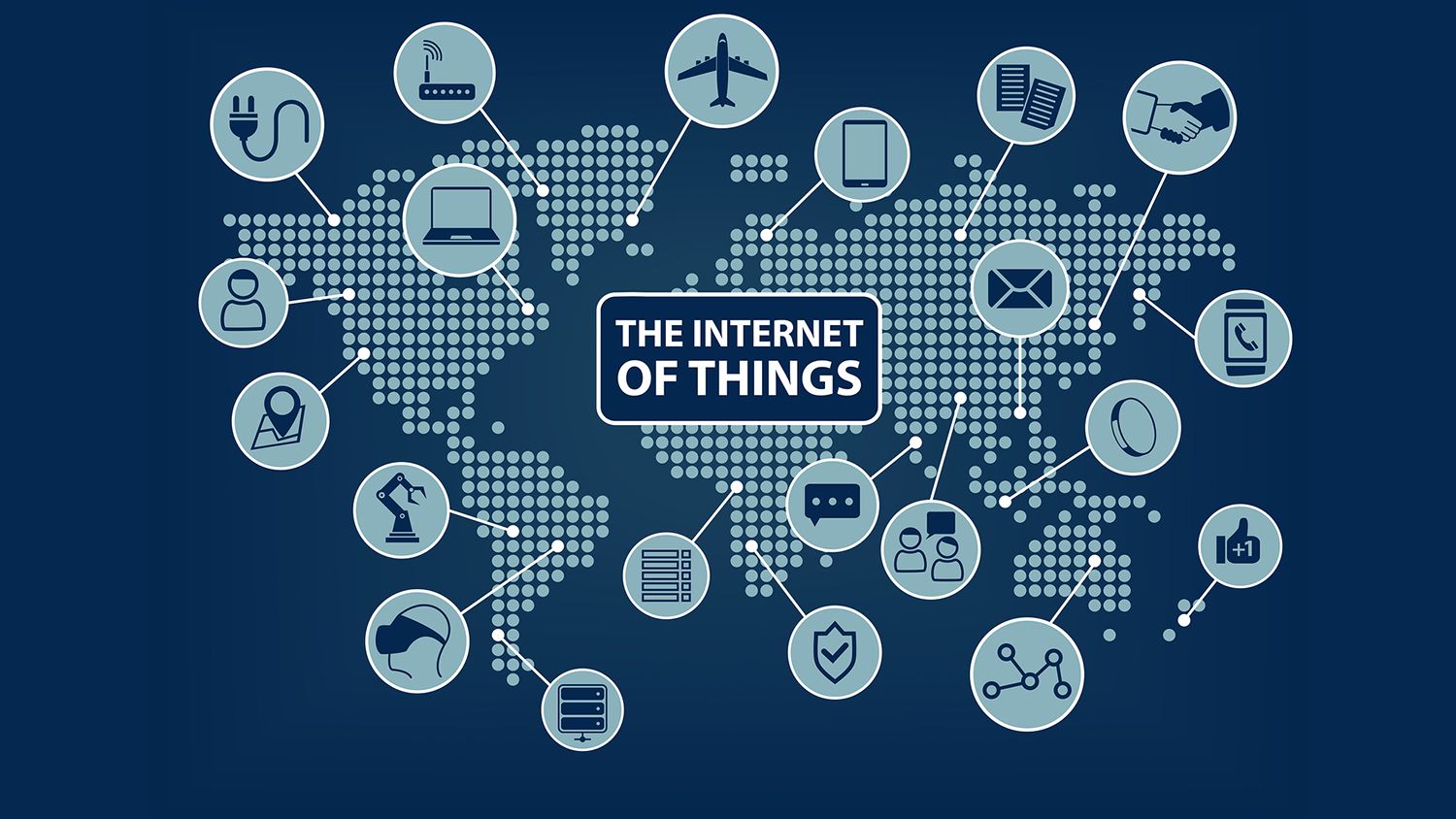As the Internet of Things (IoT) becomes more prevalent in our homes, cybersecurity is becoming a critical issue for both individuals and businesses. The IoT refers to the growing network of internet-connected devices that are capable of communicating with each other, such as smart home appliances, wearables, and vehicles. The convenience and efficiency of these devices come with an increased risk of cyber attacks, as they collect and transmit sensitive data that can be accessed by cybercriminals. In this article, we will explore the importance of cybersecurity in the IoT and how you can protect your smart home and devices.

Why is Cybersecurity Important in the IoT?
The IoT has opened up a new avenue for cybercriminals to exploit vulnerabilities in internet-connected devices. These devices collect and transmit a vast amount of sensitive data, including personal and financial information. Without proper cybersecurity measures in place, this information is at risk of being stolen, leading to identity theft, financial loss, and other damaging consequences.
Additionally, compromised IoT devices can be used to launch attacks on other devices or networks, leading to widespread damage. This was demonstrated in 2016 when the Mirai botnet, which consisted of compromised IoT devices, was used to launch a distributed denial-of-service (DDoS) attack that took down several high-profile websites.

Protecting Your Smart Home and Devices
Keep Devices Updated
One of the easiest and most effective ways to protect your smart home and devices is to ensure that they are up-to-date with the latest software and firmware updates. These updates often include security patches that address known vulnerabilities and weaknesses that can be exploited by cybercriminals.
Use Strong Passwords
Using strong and unique passwords for each device and account is essential to protect against unauthorized access. Avoid using easily guessable passwords such as “password123” or “123456789.” Instead, use a combination of upper and lower case letters, numbers, and special characters to create a strong password. It is also recommended to use a password manager to keep track of your passwords.

Secure Your Wi-Fi Network
Your Wi-Fi network is the gateway to your smart home and devices, making it a prime target for cybercriminals. Ensure that your Wi-Fi network is encrypted with a strong password, and change the default SSID and password to something unique. You can also enable network segmentation, which creates separate networks for your IoT devices and other devices such as laptops and smartphones, making it more difficult for cybercriminals to access all of your devices at once.
Enable Two-Factor Authentication
Two-factor authentication adds an extra layer of security to your devices and accounts by requiring a second form of identification, such as a code sent to your phone, in addition to your password. This makes it more difficult for cybercriminals to gain access to your devices and accounts, even if they have your password.

Use a Firewall
A firewall is a network security device that monitors incoming and outgoing network traffic and blocks unauthorized access. Some routers come with built-in firewalls, but you can also install a separate firewall to add an extra layer of protection.
Disable Unused Features
Unused features such as remote access or guest networks can create additional entry points for cybercriminals. Disable any features that you do not use or need to reduce the attack surface of your devices.

Monitor Your Devices
Keep an eye on your devices for any signs of unusual activity, such as unexpected changes in settings or performance. Some smart home devices come with built-in monitoring features that can alert you to potential security threats.
Be Cautious of Third-Party Apps and Devices
Be cautious when installing third-party apps and devices, as they may have security vulnerabilities that can be exploited by cybercriminals. Only download apps and use devices from trusted sources.

Limit Data Collection
Smart home devices often collect a lot of data, such as your usage patterns and personal information. Be mindful of the data that is being collected and limit the amount of data that you share. Check the privacy settings of your devices and apps to ensure that you are comfortable with the data that is being collected.
Educate Yourself and Your Family
Finally, it is essential to educate yourself and your family about the importance of cybersecurity and how to protect your smart home and devices. This includes understanding the risks and vulnerabilities of IoT devices, recognizing common phishing scams, and knowing how to safely use your devices and networks.

In conclusion, as the IoT continues to grow, cybersecurity is becoming more important than ever. Protecting your smart home and devices requires a combination of technology, good habits, and vigilance. By following the tips outlined in this article, you can help ensure that your devices and data are secure, giving you peace of mind and protection from cyber threats.

